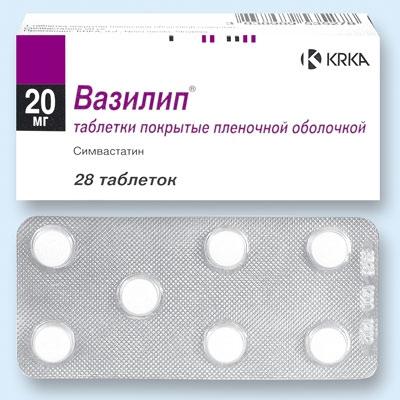Claritin is an antihistaminedrug with a long-lasting effect, with a pronounced antiallergic effect. The effect of taking klaritina appears after an hour and lasts more than a day. The drug does not pass through the blood-brain barrier, does not affect the central nervous system. Reviews testify to the high efficacy of Claritin medication. The instruction emphasizes that this remedy does not affect psychomotor reactions and does not have a sedative and anticholinergic effect on the body.
Form of issue
Claritin is available in tablet form and as a syrup. Tablets are white, oval, on one side there is a risk, the trademark is indicated in the form of a cup and a flask, and the figure is 10.
Claritin in the form of a syrup is a colorless, transparent, sometimes liquid with a yellowish tinge. The syrup is poured into bottles with a volume of 60 and 120 cm³. In the package - 1 bottle plus a measuring spoon.
Claritin: composition
1 tablet contains loratadine 10 mg plus excipients, which include corn starch, lactose and magnesium stearate.
1 ml of syrup contains loratadine - 1 mg. Additional ingredients: water, flavor (peach), citric acid, glycerin, sodium benzoate, propylene glycol, granulated sucrose.
Pharmacological effect
Claritin is a tricyclic compound that blocks histamine receptors. It is a selective antagonist of peripheral receptors of this type.
Indications for use
- Treatment for both seasonal and non-seasonal allergic rhinitis and the elimination of symptoms caused by these diseases: itching in the nasal cavity, sneezing, burning and itching of the mucous membrane of the eyes, rhinorrhea.
- Therapy of skin diseases of allergic etiology, including chronic urticaria.
Mode of application
Claritin: instructions for use for children from 12 years and adults
The prescribed dose of Claritin - 10 mg (one tablet or two h / l syrup) - 1 time / day. The medicine can be taken at any time of the day.
Claritin: instructions for children from 2 to 12 years
With a body weight of up to 30 kg: the prescribed dose of Claritin is 5 mg. This is half a tablet or one teaspoon of syrup (5 cm3) - 1 time / day.
With a body weight of 30 kg and more give 2 h / l of syrup (10 ml) or 1 tablet, give 1 time / day.
Claritin: instructions for patients with impaired liver function or renal failure
Prescribe 10 mg - this is 1 table. or 2 h / l of syrup, give 1 time in two days.
Possible side effects
In the digestive tract in adults:
- dry mouth, nausea, gastritis;
- sometimes - abnormal liver function.
In the CNS in adults:
- headaches, drowsiness, fatigue;
in children (rarely) - headaches, nervous irritability, sedative effect.
Possible manifestations of allergic reactions inadults: skin rash, sometimes anaphylactic reactions. Data on dermatological reactions in adults: there are isolated reports of alopecia. These side effects with the use of Claritin appeared with the same frequency as when using placebo.
Contraindications
The drug is not prescribed:
- during breastfeeding;
- in case of hypersensitivity to loratadine or other components of the drug.
In pregnancy, the drug should be used with caution.
Overdose Symptoms
In adult patients taking Claritin inin doses much higher than the recommended therapeutic dose of 10 mg, headache was observed, tachycardia, and drowsiness were observed. Extrapyramidal symptoms have been noted in children weighing up to 30 kg when taking the drug in a dosage greater than 10 mg. In addition, it was noted heart palpitations. Overdose therapy: symptomatic and supportive therapy.
Drug Interactions
When using Claritin simultaneously withketoconazole, cimetidine or erythromycin showed an increase in the concentration of loratadine and its metabolism products in the blood plasma, but this was not clinically manifested (including during an ECG).







